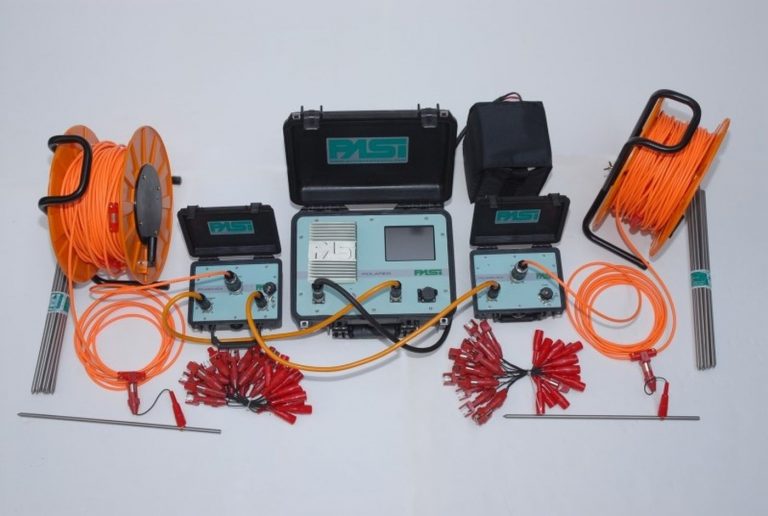Geophysical survey is the systematic series of geophysical information for spatial studies. Detection and evaluation of the geophysical alerts types is the core of Geophysical signal processing. The magnetic and gravitational fields emanating from the Earth's indoors preserve imperative data regarding seismic things to do and the inside structure. Hence, detection and evaluation of the electric powered and Magnetic fields is very crucial. As the Electromagnetic and gravitational waves are multi-dimensional signals, all the 1-D transformation strategies can be prolonged for the evaluation of these indicators as well. Hence this article additionally discusses multi-dimensional sign processing techniques.
Geophysical surveys may also use a tremendous range of sensing instruments, and statistics may additionally be gathered from above or under the Earth's floor or from aerial, orbital, or marine platforms. Geophysical surveys have many purposes in geology, archaeology, mineral and power exploration, oceanography, and engineering. Geophysical surveys are used in enterprise as nicely as for tutorial research.
The sensing gadgets such as gravimeter, gravitational wave sensor and magnetometers realize fluctuations in the gravitational and magnetic field. The records accumulated from a geophysical survey are analyzed to draw significant conclusions out of that. Analyzing the spectral density and the time-frequency localisation of any sign is vital in purposes such as oil exploration and seismography.
Types of Geophysical Survey
There are many strategies and sorts of units used in geophysical surveys. Technologies used for geophysical surveys include:
1. Seismic methods, such as reflection seismology, seismic refraction, and seismic tomography. This kind of survey is carried out to find out the unique shape of the rock formations below the floor of the Earth.
2. Seismoelectrical method.
3. Geodesy and gravity techniques, such as gravimetry and gravity gradiometry. This kind of survey is carried out to find out the shape of rock formations under the floor of the Earth.
4. Magnetic techniques, along with aeromagnetic surveys and magnetometers.
5. Electrical techniques, together with electrical resistivity tomography, triggered polarization, spontaneous practicable and marine manipulate supply electromagnetic (mCSEM) or EM seabed logging. This kind of survey is carried out generally to find out about the existence of groundwater.
6. Electromagnetic methods, such as magnetotellurics, floor penetrating radar and transient/time-domain electromagnetics, floor nuclear magnetic resonance (also acknowledged as magnetic resonance sounding).
7. Borehole geophysics, additionally known as properly logging.
8.Remote sensing techniques, inclusive of hyperspectral.


.jpeg)
